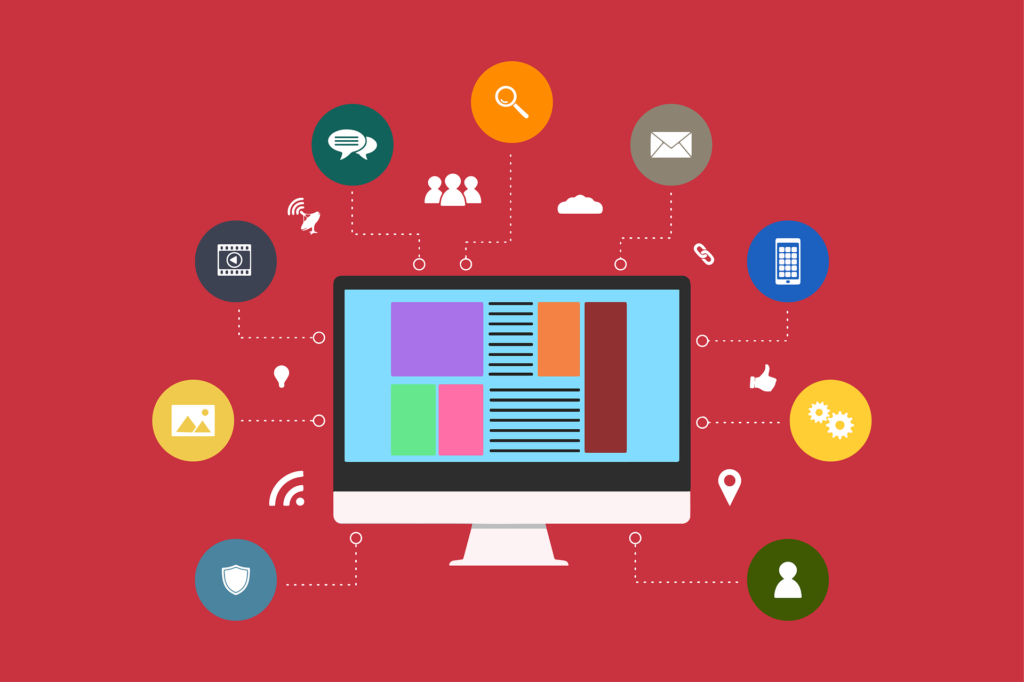
Note: This post was first published in Facebook by Lakshman Pillai on September 7, 2017.
Whether you are in a smart city or in a remote village, everyone will get high quality learning empowered by technology and amazing learning content for all learning styles.
1. Robots will be hired as teachers. Once we make the best Robot to teach a subject. It is extremely easy to replicate to make thousands of best teachers.
2. Students will spend more time on self-directed learning by navigating the digital learning library. Students will be empowered to bring right knowledge at fingertips. Technically this is possible today. When government offers cheap/free broadband connection, poor students will be able to listen to best lectures created by teachers / professors across the world..
Content is going to be KING, really! More and more amazing learning content will get created.
Example: For the Love of Physics (Walter Lewin’s Last Lecture)
3. Holograms might be used to design the teacher using whichever shape and size we like. When combining it with AI, we will get the best looking Robots (realistic teachers).
4. Tabs will get better and cheaper. This is going to empower the students across caste, social status and geography to learn effectively where they want and when they want. Flexibility in learning will maximize learning effectiveness and learning productivity.
5. Classrooms will be designed for experiential and social learning. Teachers will be transformed into “Learning Facilitators.” Students will enter the classroom only after going through the learning content. In classroom, students’ curiosity and thinking will be ignited. Self-learning combined with this interactive learning will enrich the mind of everyone. Schools will be more like a Gurukulam.
6. Learning will be highly personalized based on career aspiration and choice of higher education degrees. Traditional classroom lecture will be considered highly ineffective. Personalized learning content will be delivered based on the knowledge gap.
7. Personal tuition and coaching centers will become irrelevant. It will all be integrated with the schools. Cost of learning will come down dramatically.
8. Unschooling / Home schooling will gain momentum. They will spend short time in groups at schools for developing social skills, interacting with experts, experiencing at the labs, and playing games.
9. Individuals will get a clear learning roadmap and progress map to easily identify the strong and weak areas. So that, individuals will be able to align their learning to the gap.
10. More focus will be given to emotional intelligence, morality, ecology, health, mind power, thinking, and social responsibility. Learning will be more holistic. Individuals will be nurtured to connect all the right dots.
Self-directed, social, personalized, and experiential learning for developing sharp minds will redefine education in the future.




